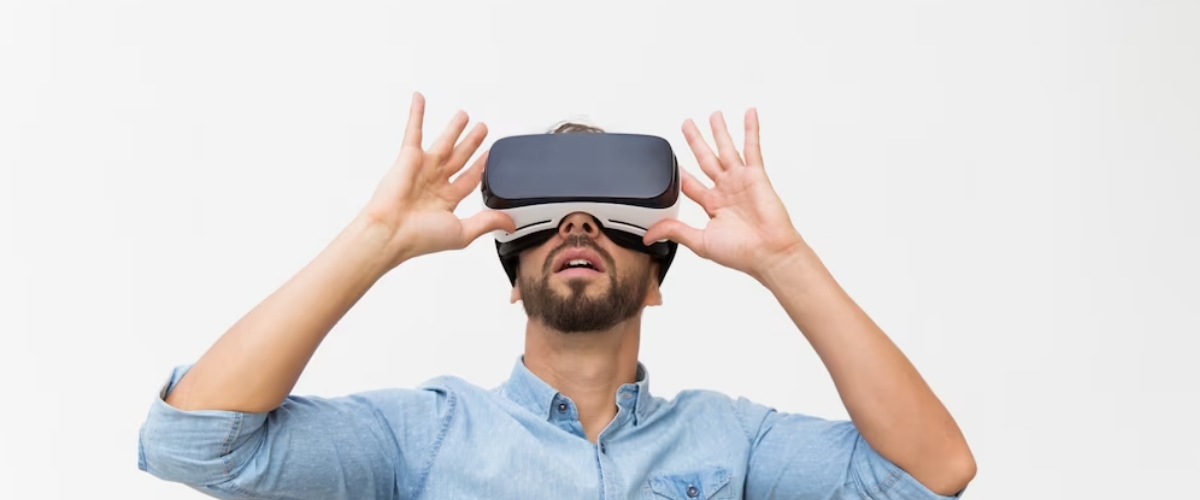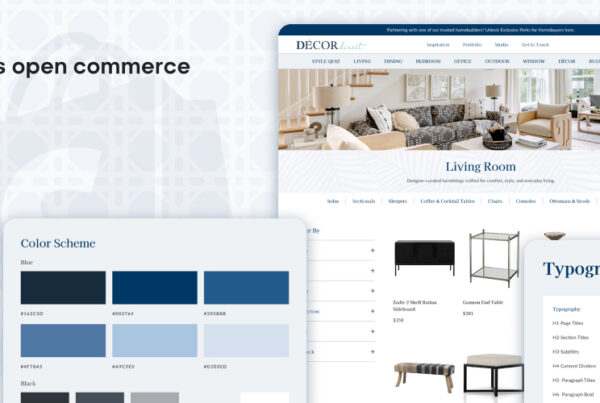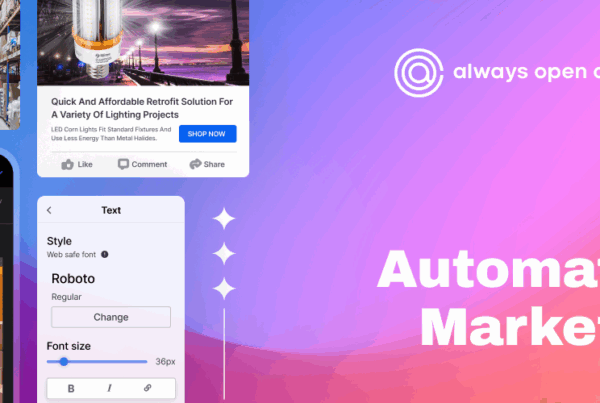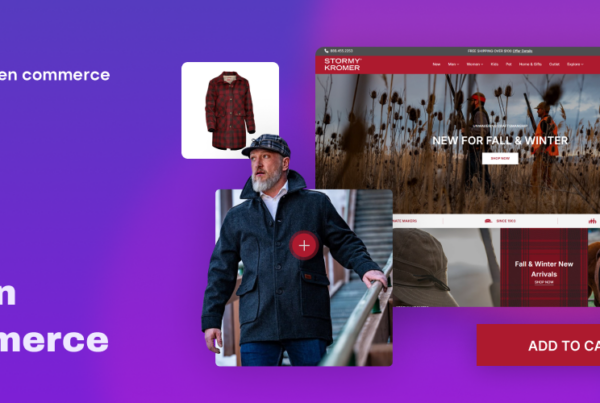Virtual reality is now reshaping and winning the game of digital marketing. Huge and small brands are now embracing and injecting the VR technology into their digital marketing efforts.
Although virtual reality has already been a generation old, the way it is currently being used for digital marketing purposes isn’t. Virtual reality now offers a different kind of experience for both marketers and consumers.
Because of this, virtual reality has drawn a lot of attention of different brands – both big and small. More than the 360º experience feature that appeals to the market, here are other game-changing benefits VR offers:
- Immersive engagement. With VR headgears, users can have a completely undivided attention towards the content they are viewing. They can fully immerse themselves and have fewer distractions as compared to watching digital ads through other media.
As marketers, this means, you can engage and completely immerse the audience in the content you’re offering them. Through VR, people are more likely to connect with a brand on a more personal level; this means higher chances of leads and conversions.
See Michelle Obama’s exclusive virtual reality interview, for example. If you watch this video while wearing a VR headset, you can totally immerse yourself in Michelle Obama’s interview and social media story. More so, you’ll feel like you’re with her for real.
- “Real-time” experience. No other medium can match VR technology’s 360º panoramic video stream experience. Watching a 360º video using a VR headset transports you into the video you are watching and makes you feel like you belong in there.
VR technology makes the impossible almost seem possible. When your audience can’t experience something you offer them because of location or other reasons, VR technology will bring the “real-time” virtual reality experience to them instead.
During London Fashion Week in 2014, Topshop utilized VR technology to offer four lucky fans a different kind of catwalk experience. Through VR headsets, the lucky fans were able to have a virtual front seat view of a live Topshop fashion show.
- Hands-on product tests. Brand owners can give consumers a first-hand experience of their products through VR technology. Through virtual reality, consumers can visualize, test, and try out different products before making their purchase official.
In 2014, Lowe’s, a home-improvement and appliance store, leveraged VR technology through their Holoroom visualization tool to offer homeowners an intuitive and immersive experience to see how their makeover project will look like in full scale.
That same year, Volvo utilized Google Cardboard and paired it with an Android app to give people a virtual inside view of their new SUV. More than that, users can have a 360º virtual experience on how it’s like to drive around with a Volvo XC90.
- Engaging storytelling. For other people, they need to see completely what a brand can offer them before engaging in official business. Storytelling through a 360º VR film communicates a story that can be experienced, not merely explained.
Etihad, a brand that prides itself on product experience, leveraged VR technology to tell a story about their aircraft – the unique way. Instead of merely using words to describe the features of their award-winning A380 aircraft, they used live-action VR.
Etihad’s “Reimagine” ad featuring Nicole Kidman presents prospect passengers different sensory interactions while on board the A380 aircraft on a New York to Abu Dhabi flight. It brings to life the passenger experience the A380 aircraft delivers.
- Interactive simulations. VR technology isn’t solely for marketing products or services; it can also be used in raising awareness for certain medical issues people doesn’t know much about. VR technology can transform information to experience.
On April of this year, Excedrin, a migraine medication company, utilized the VR technology to create a VR-based migraine symptom simulator to create awareness about the symptoms and pains migraine sufferers go through in their daily lives.
Through Excedrin’s VR simulator, non-migraine sufferers gained a genuine empathy for migraine sufferers because they experienced the symptoms themselves with the help of a VR gear. VR technology really offers a one-of-a-kind experience.
When utilized strategically, VR technology will bring a huge change to the way marketers do their digital marketing efforts. Because marketing with VR technology primes on offering real-time experiences, it can leave longer lasting impressions to people than other types of marketing.
“Nothing ever becomes real till it is experienced,” says John Keats, an English poet. Virtual reality changes the game of digital marketing by creating real-time experiences for people. Experience the game-changing benefits VR technology can bring your brand. Wear your gears, and see it for yourself!












